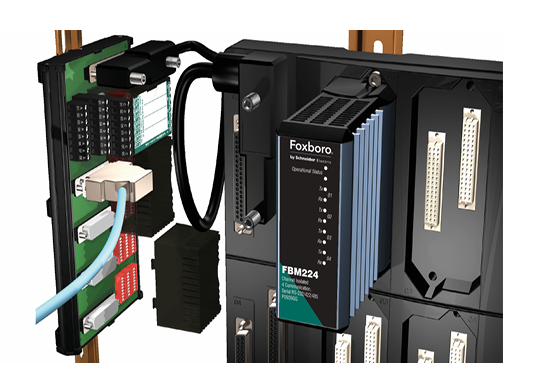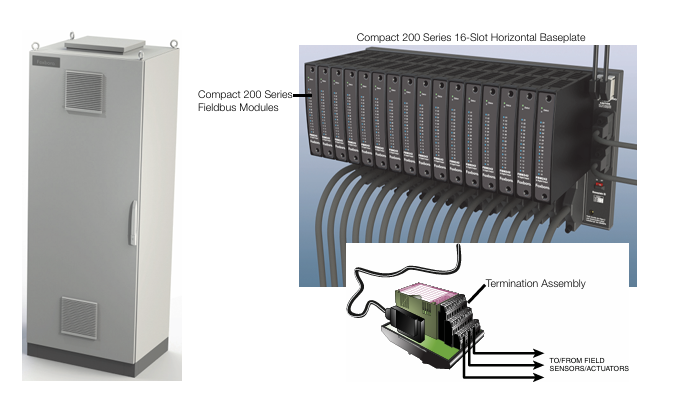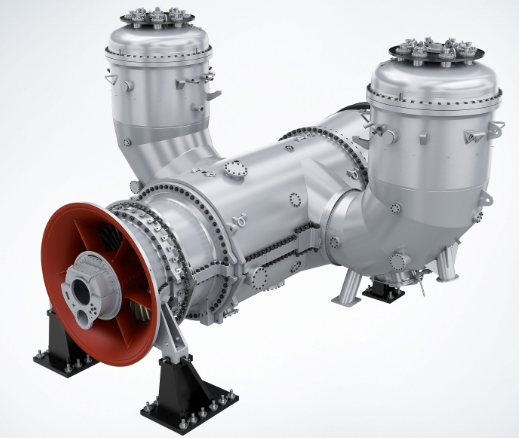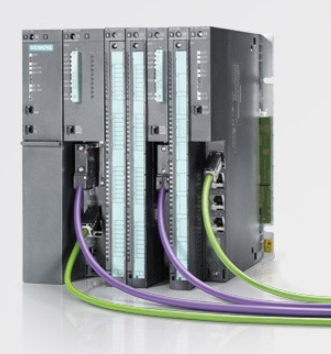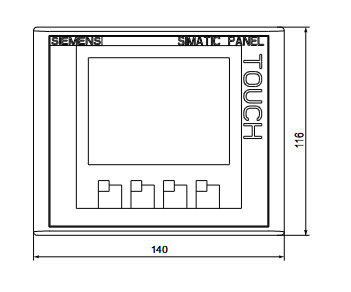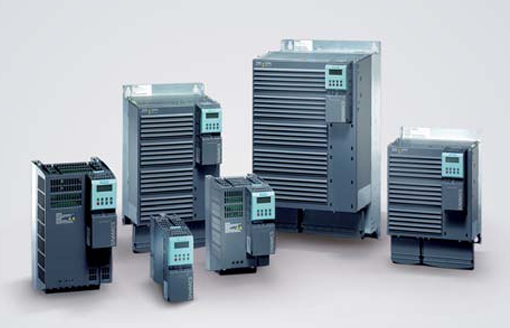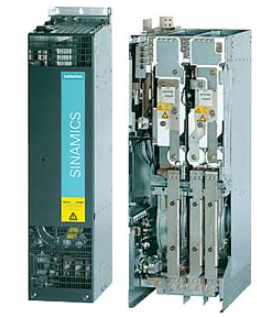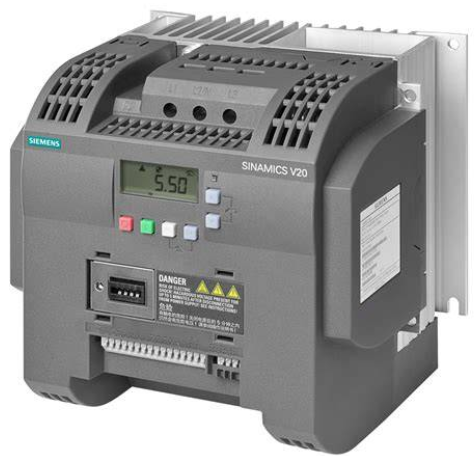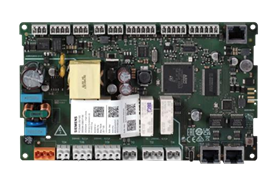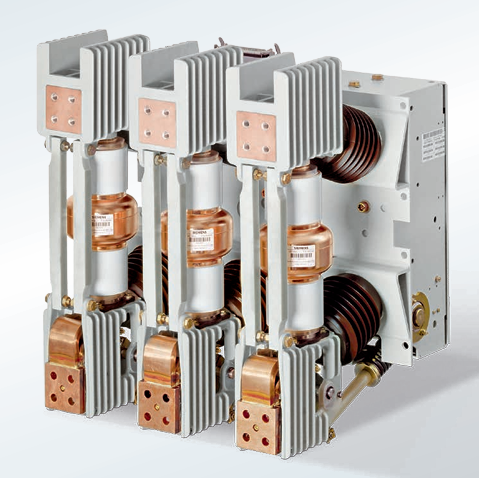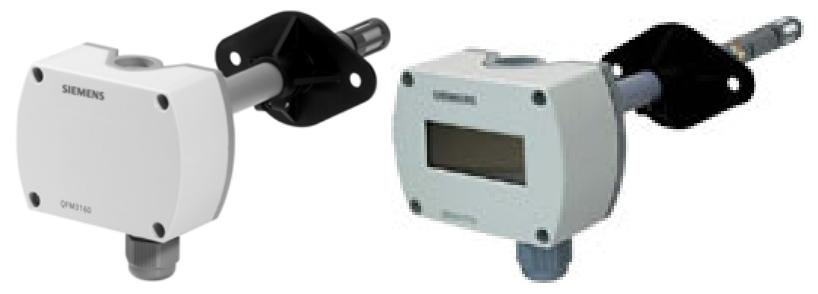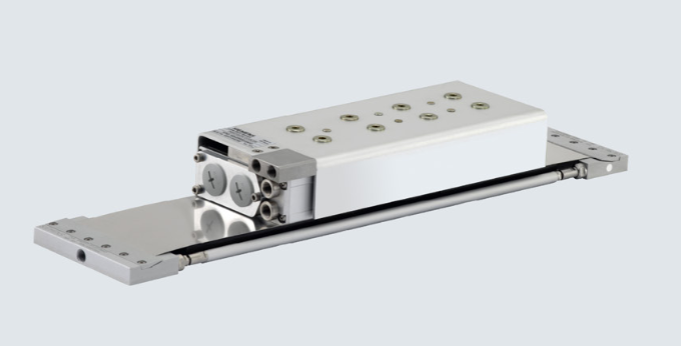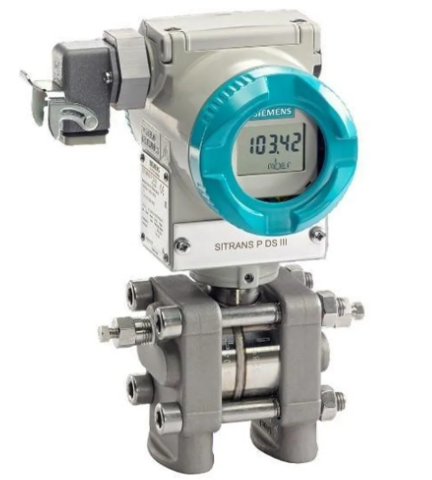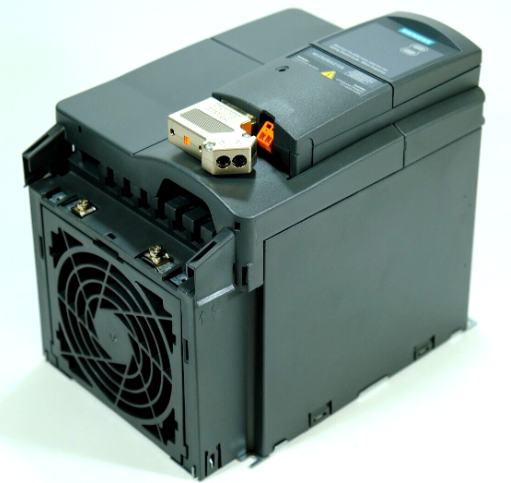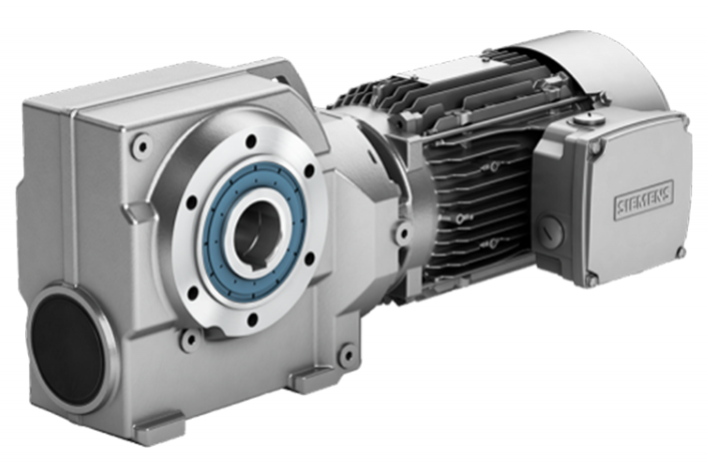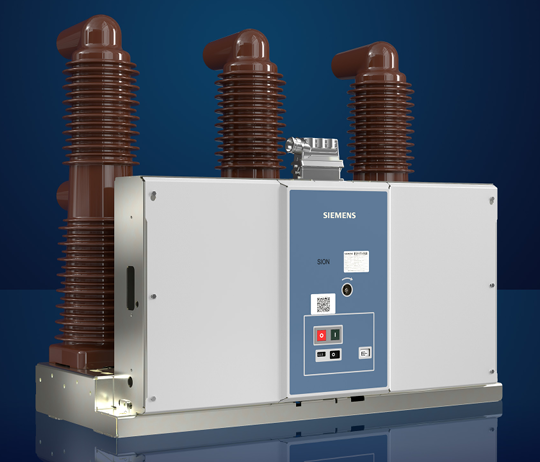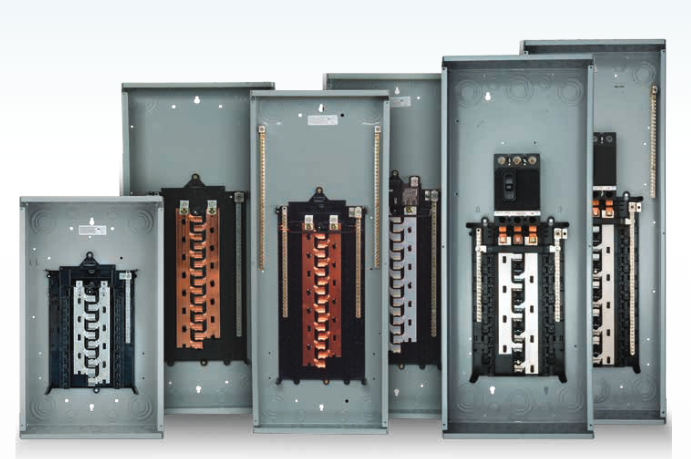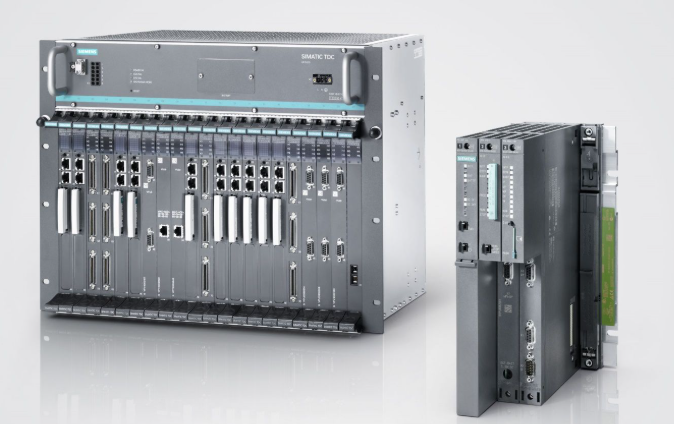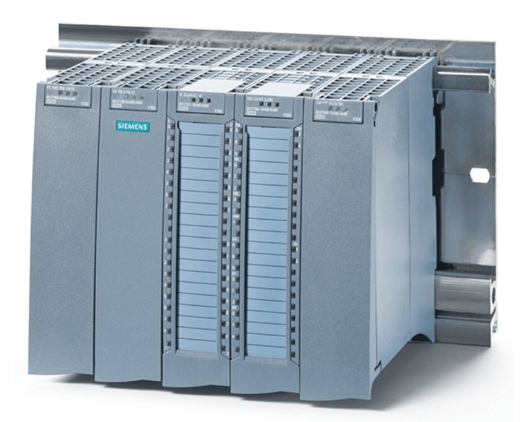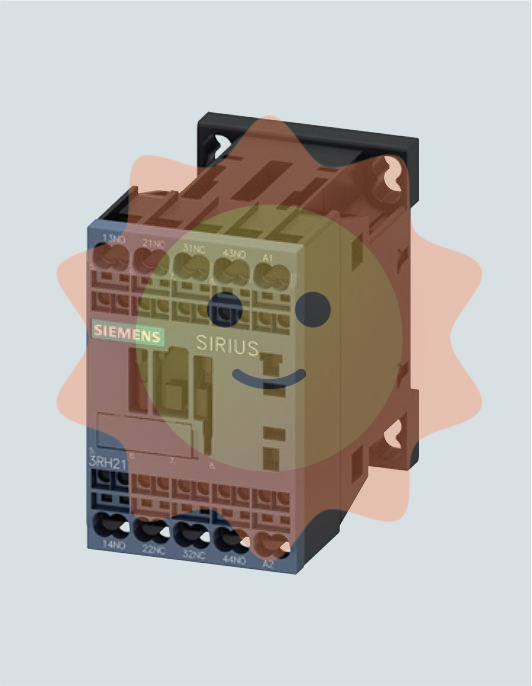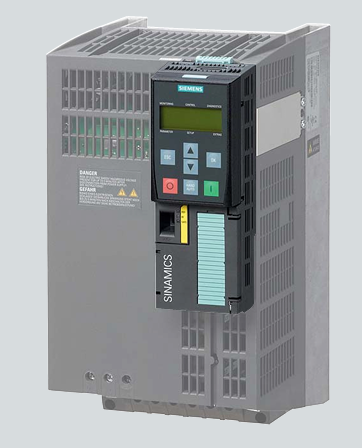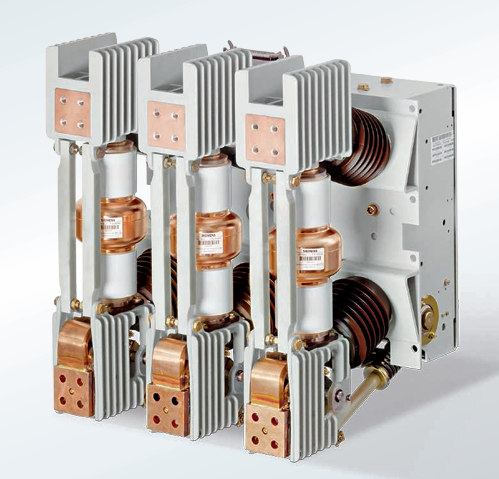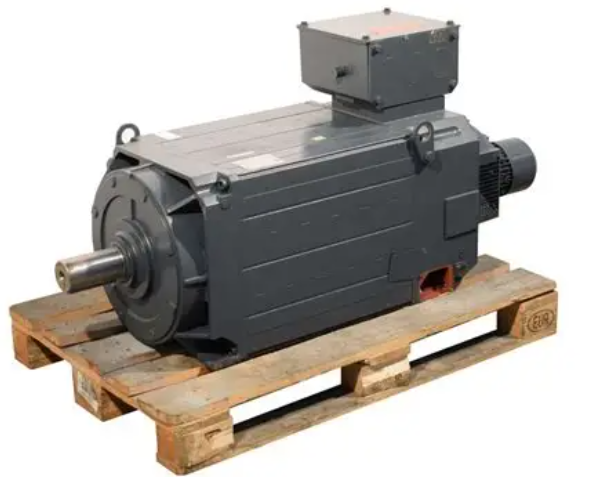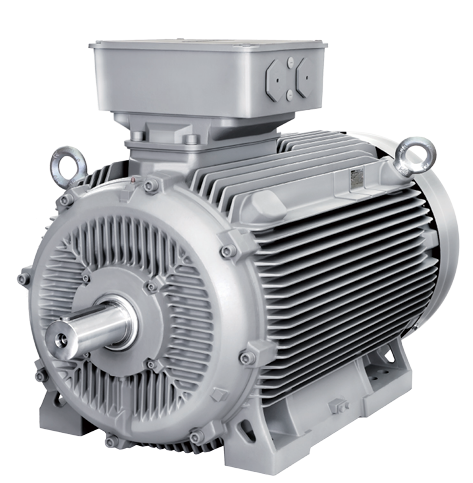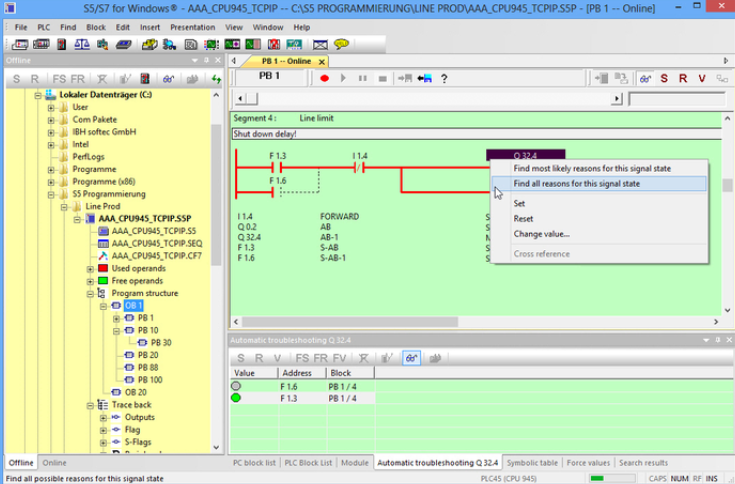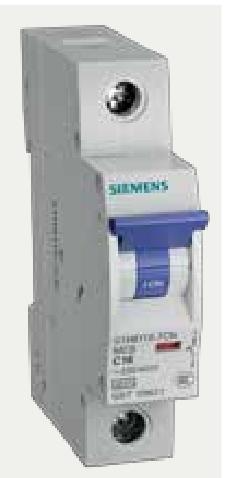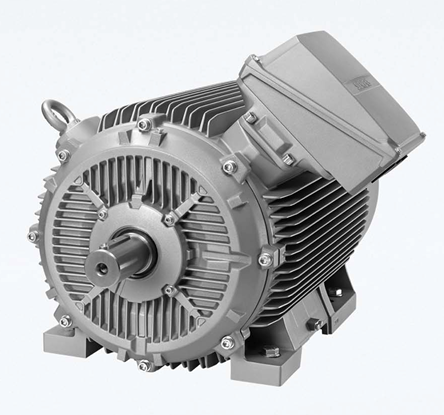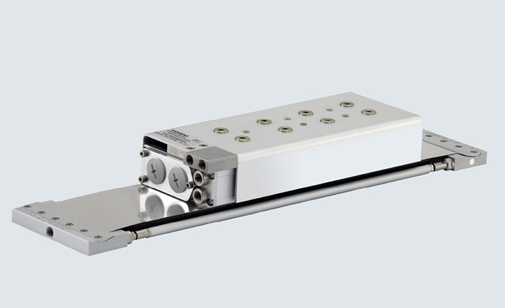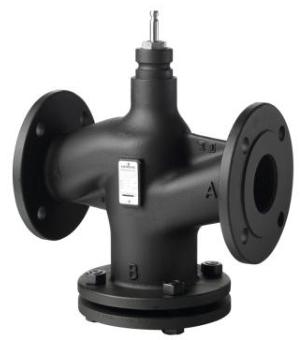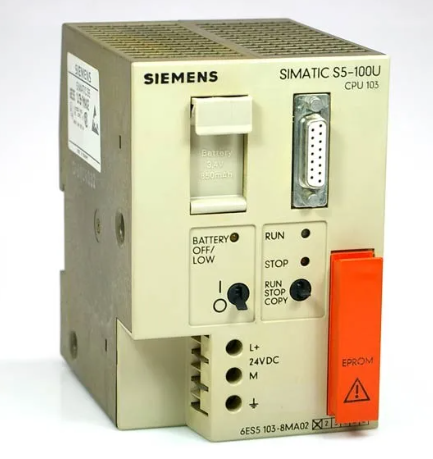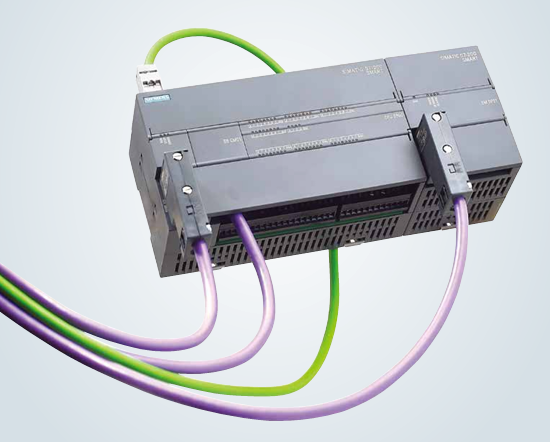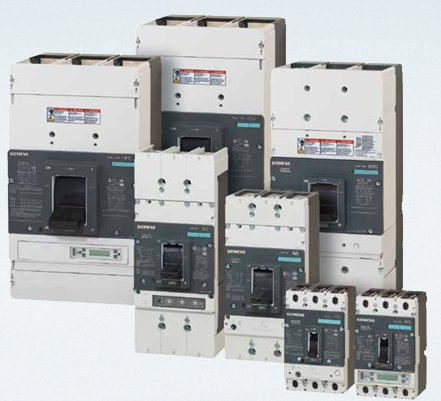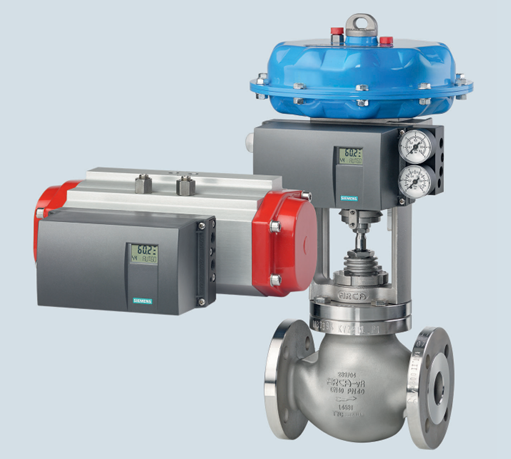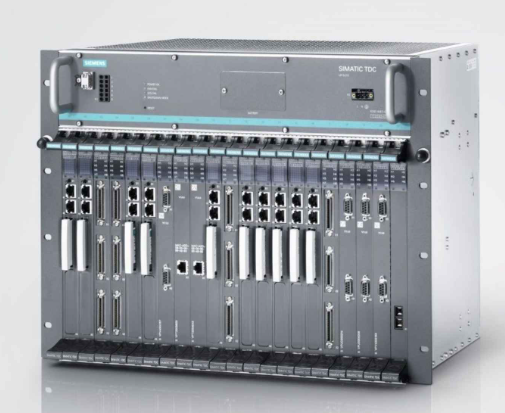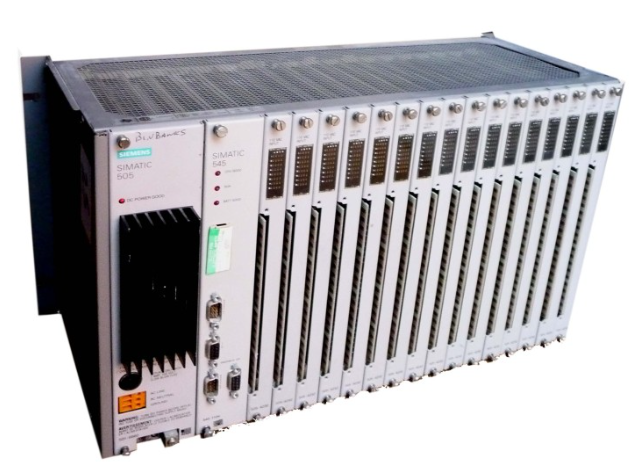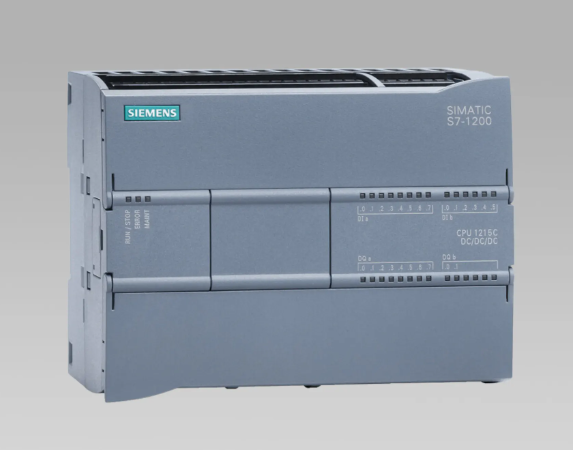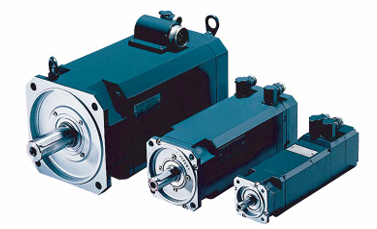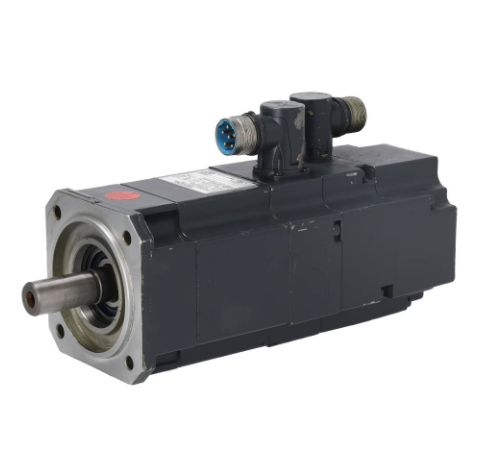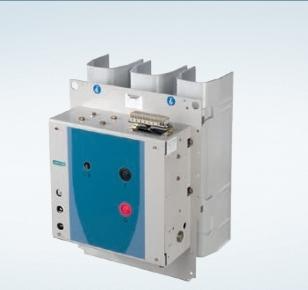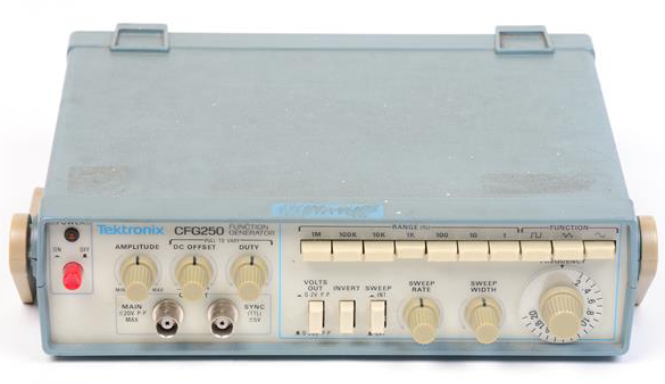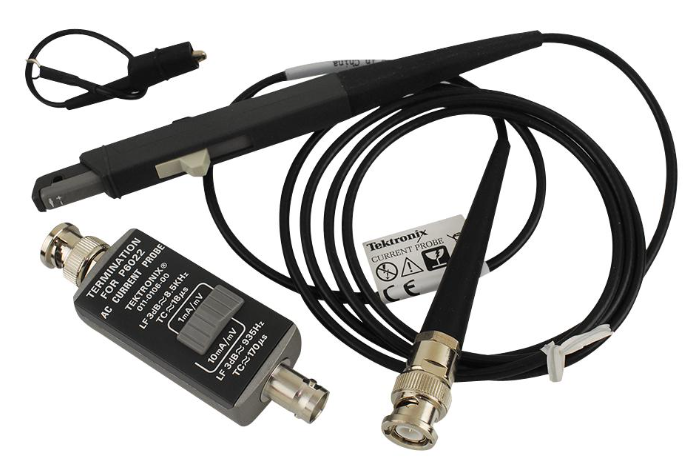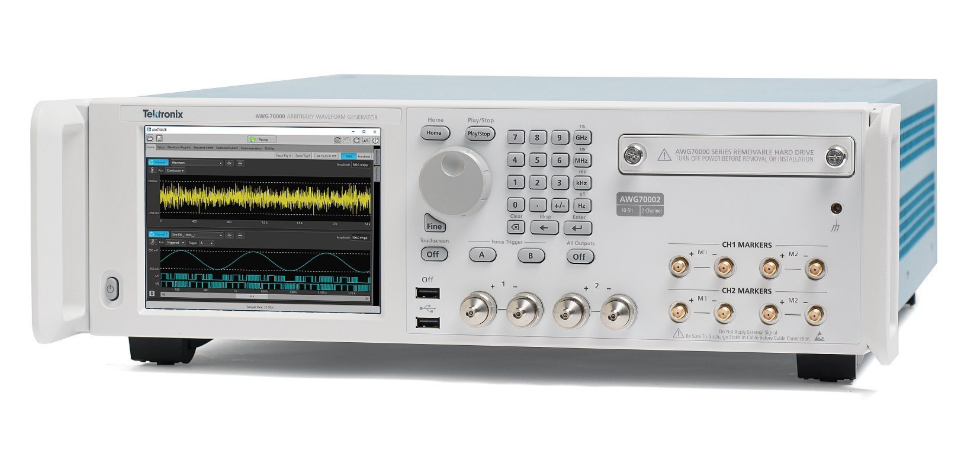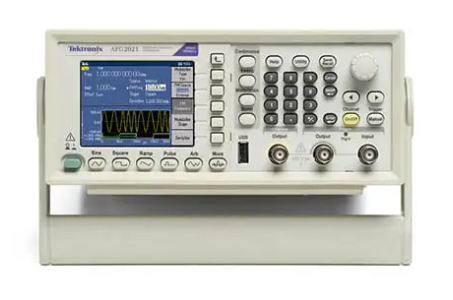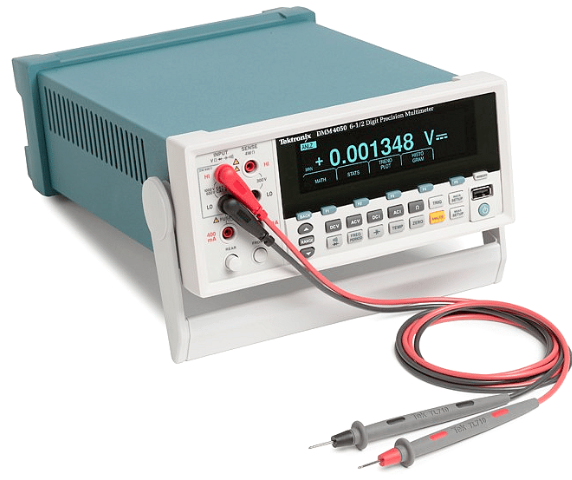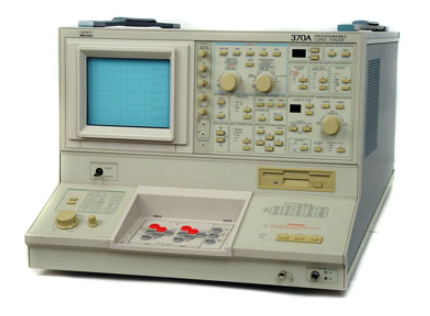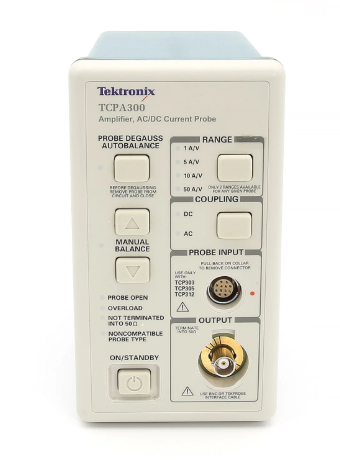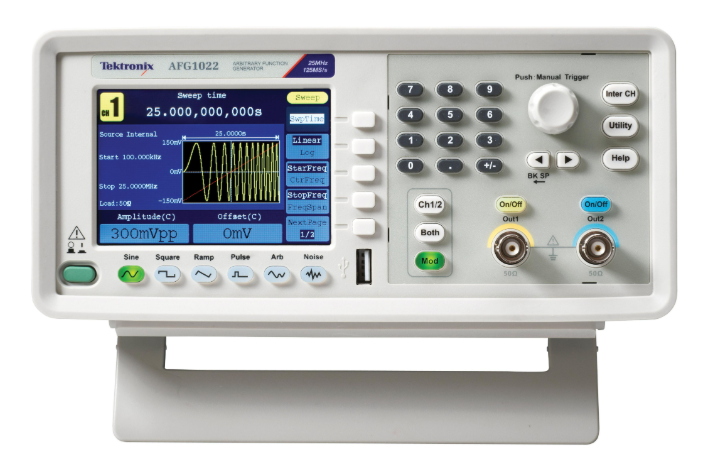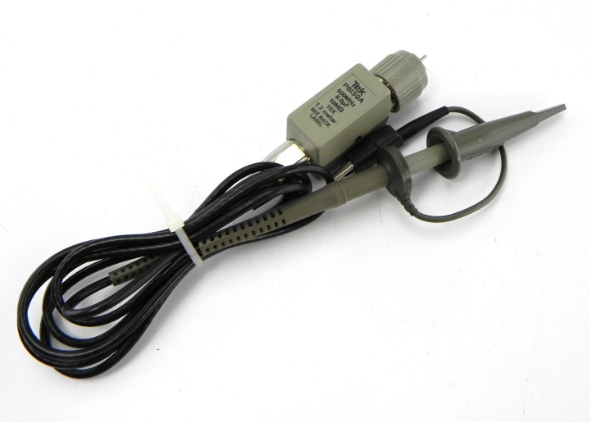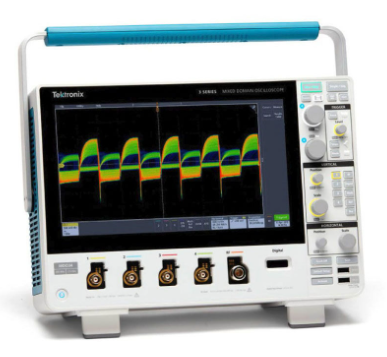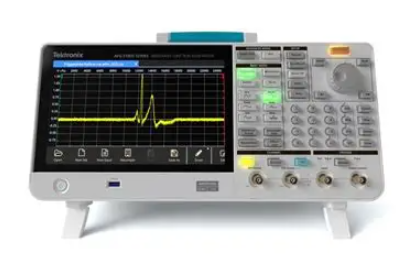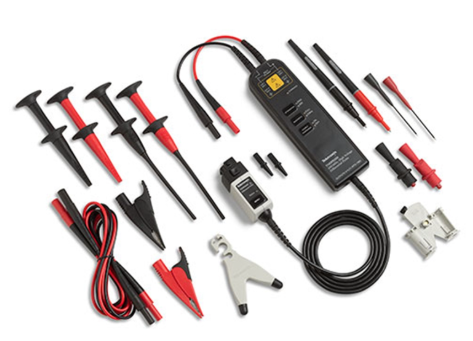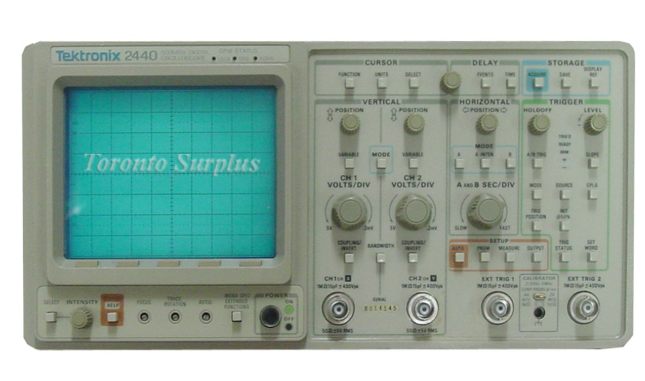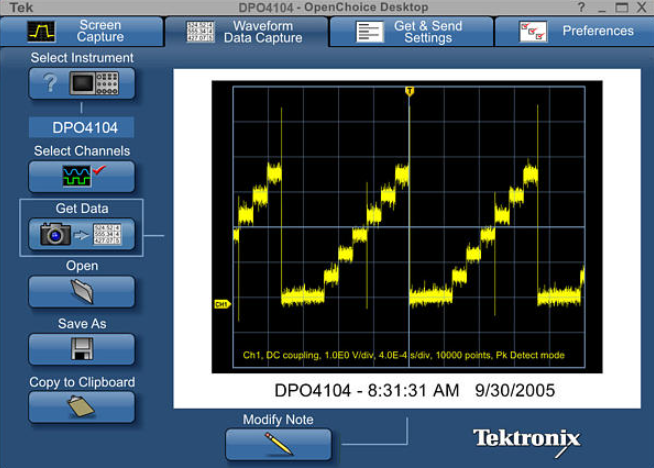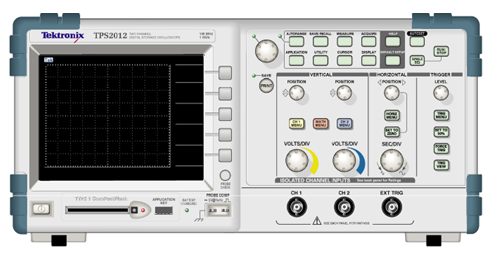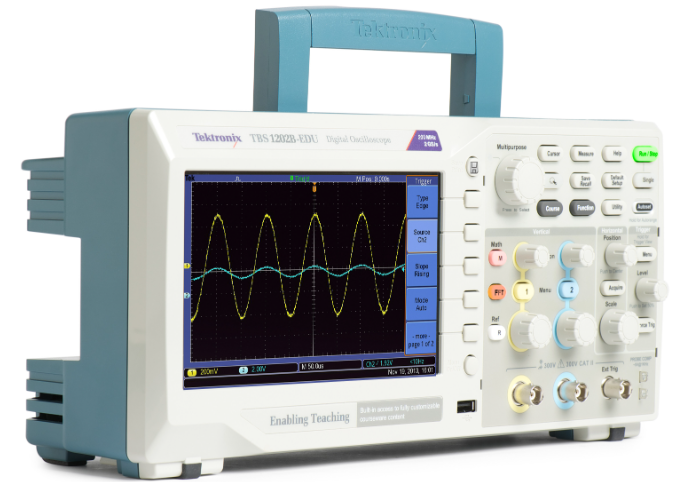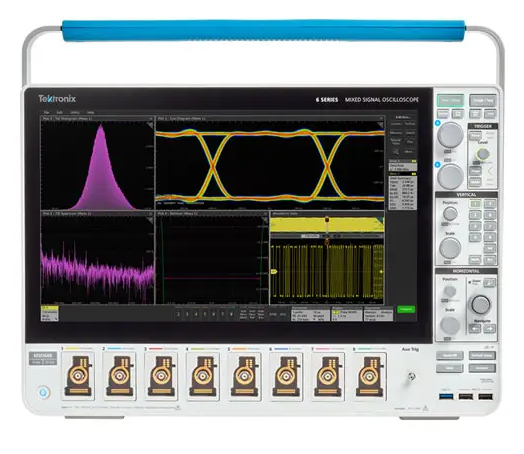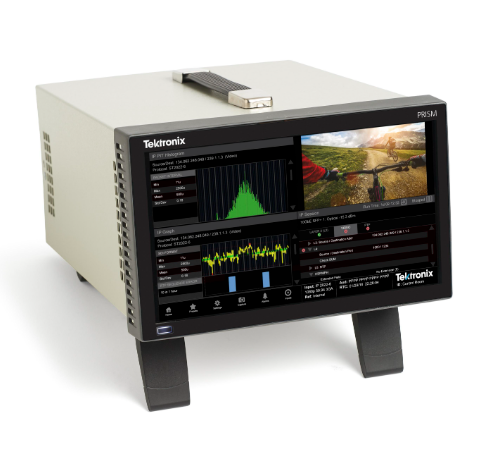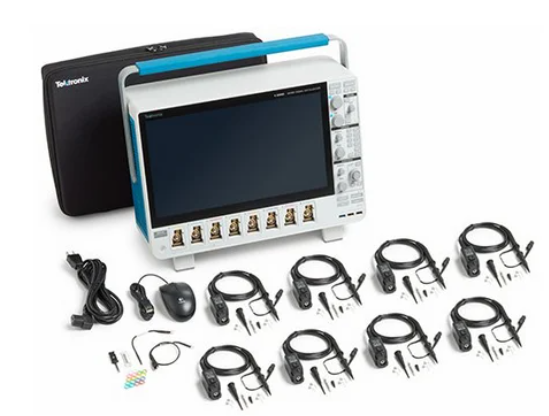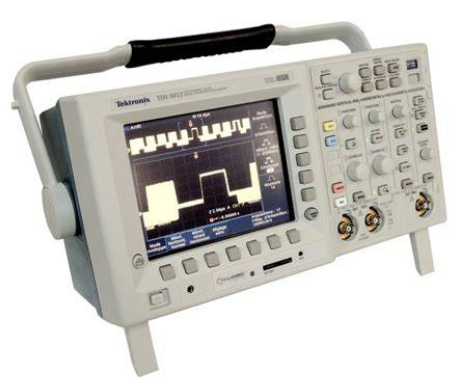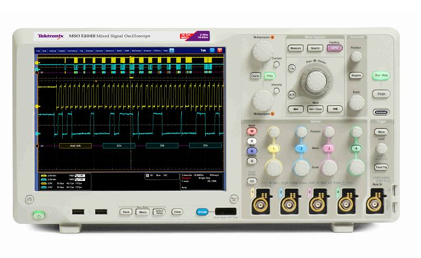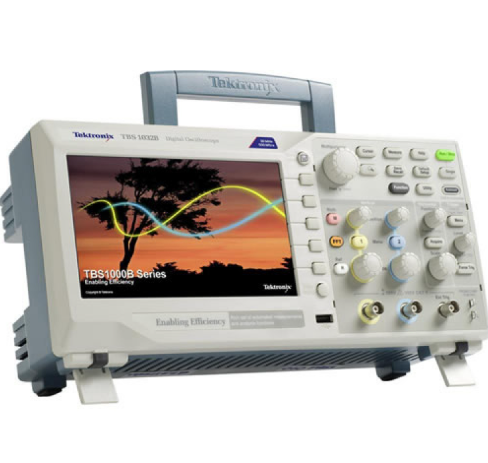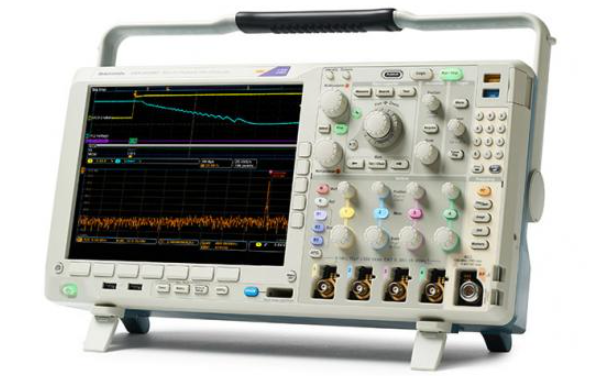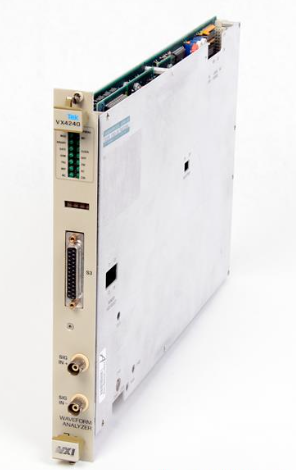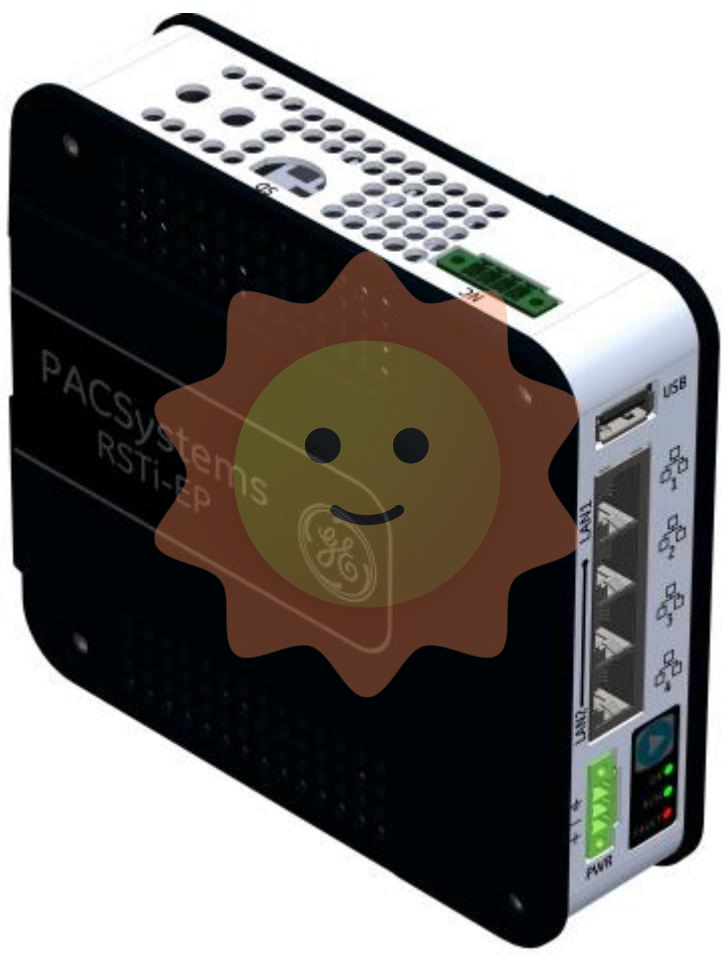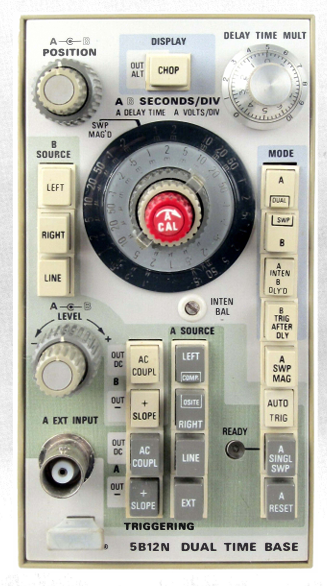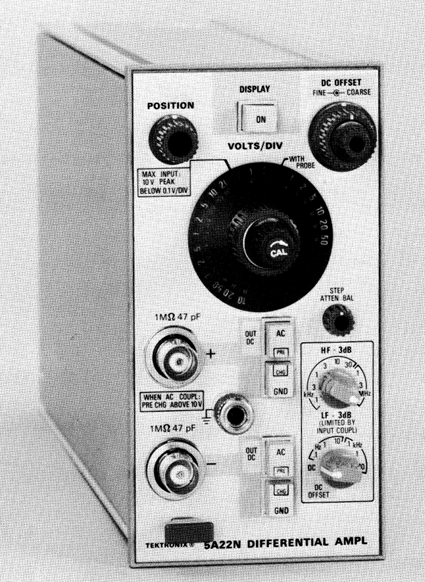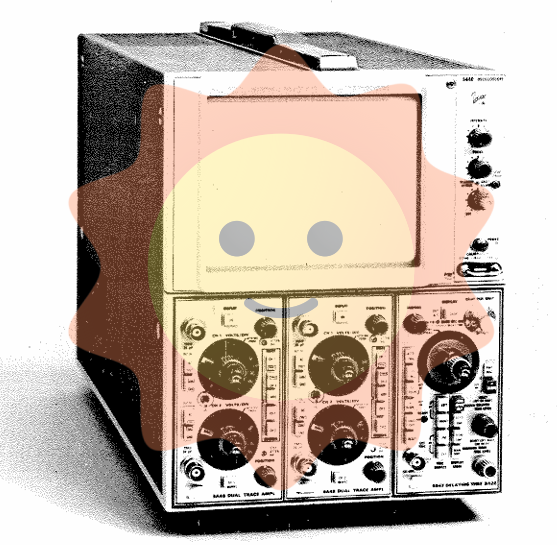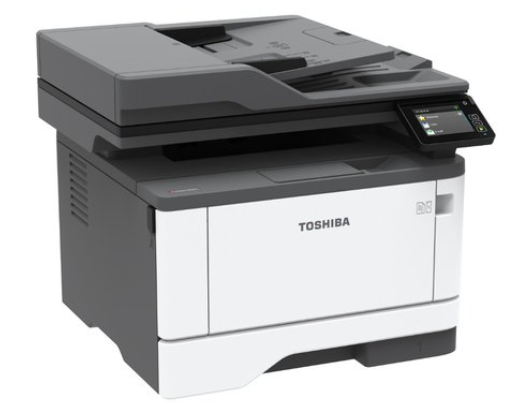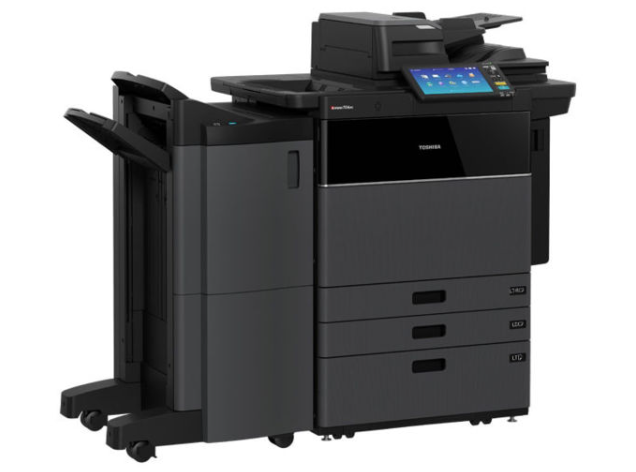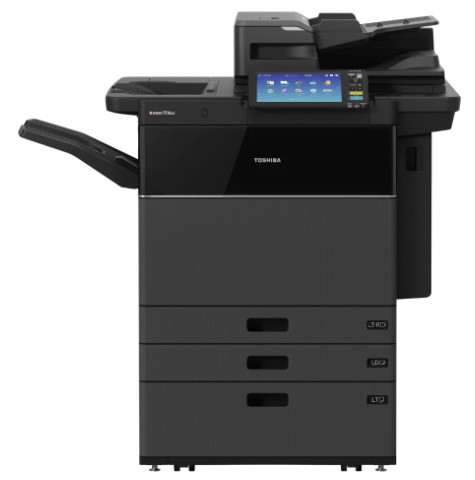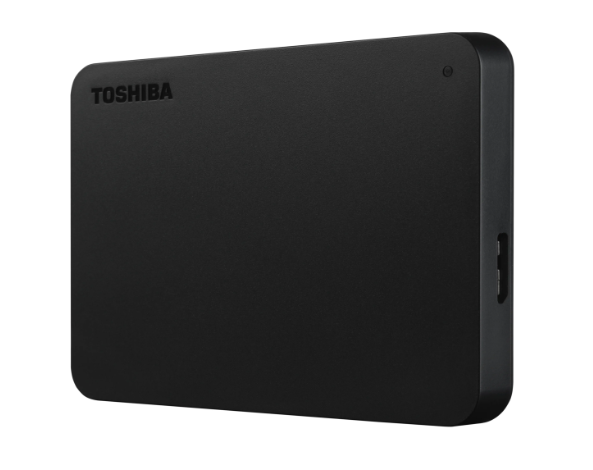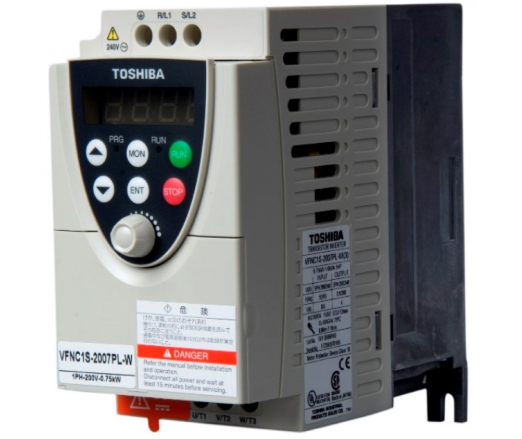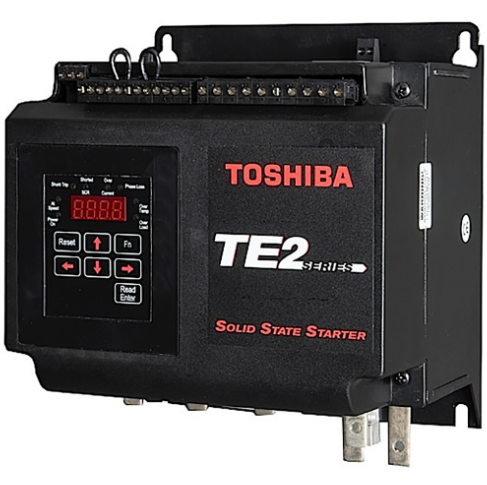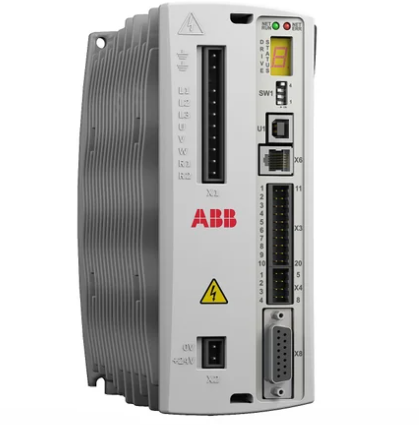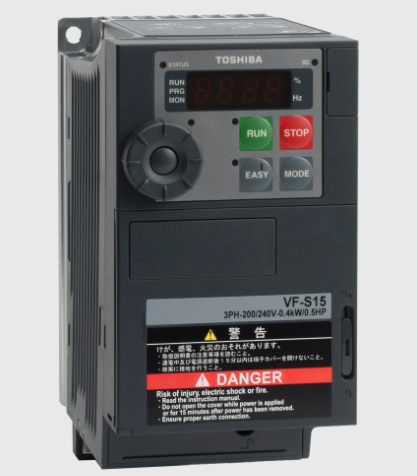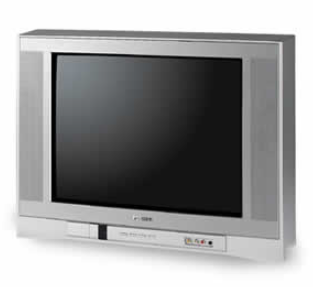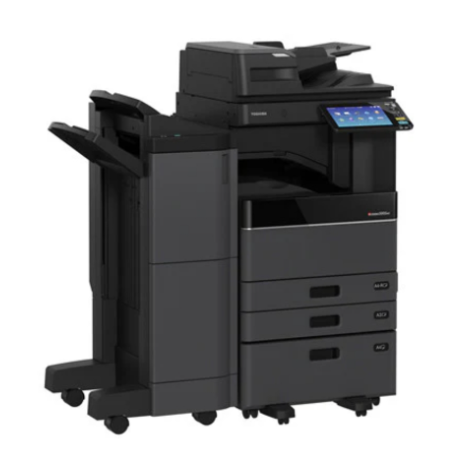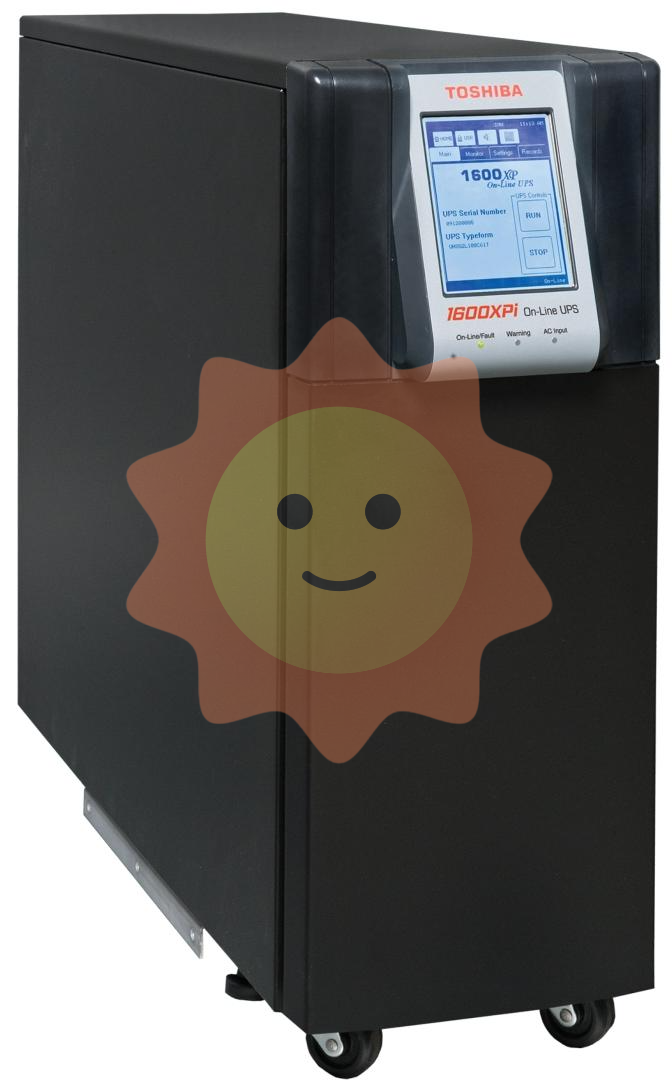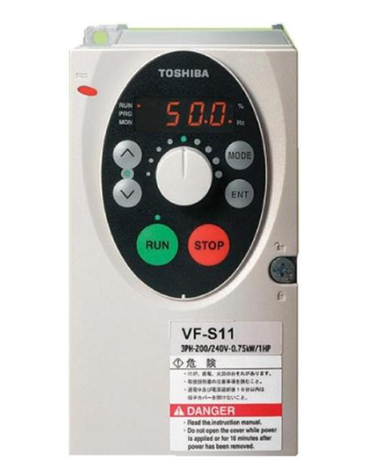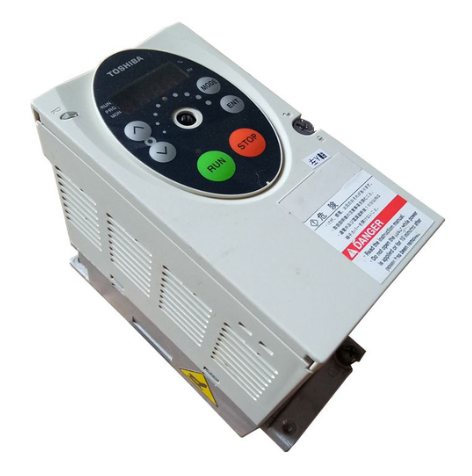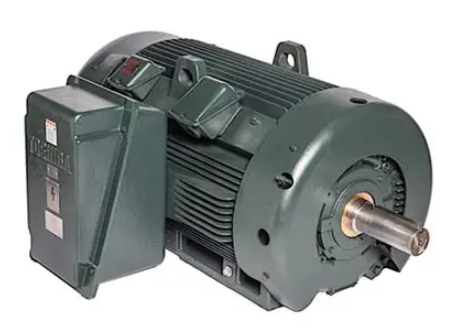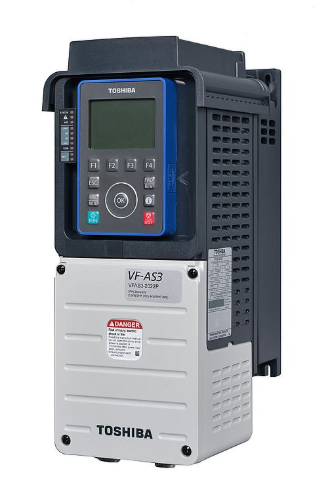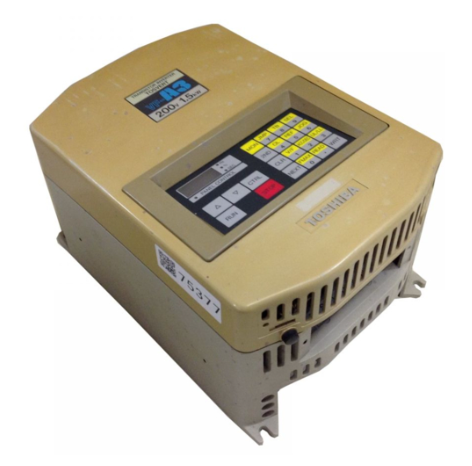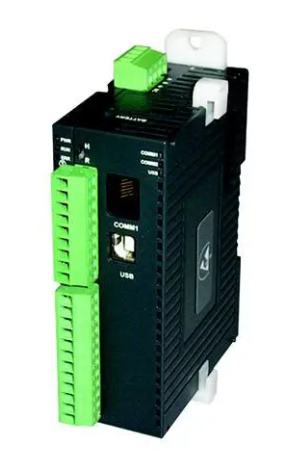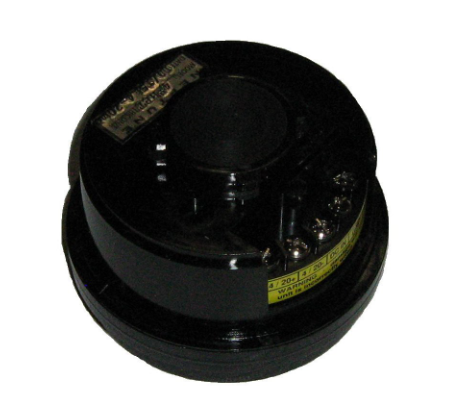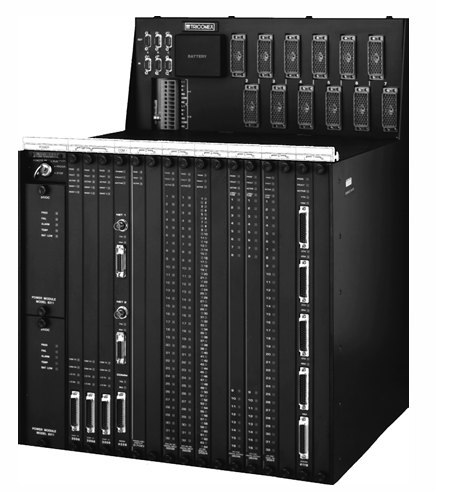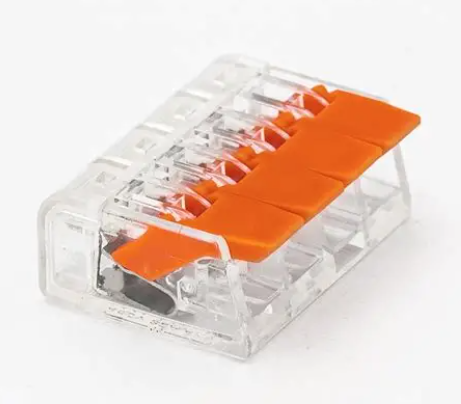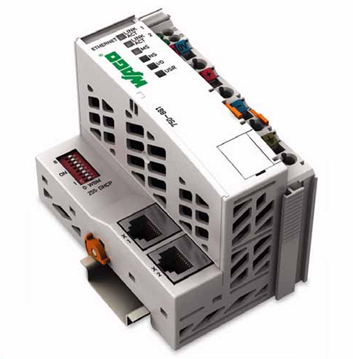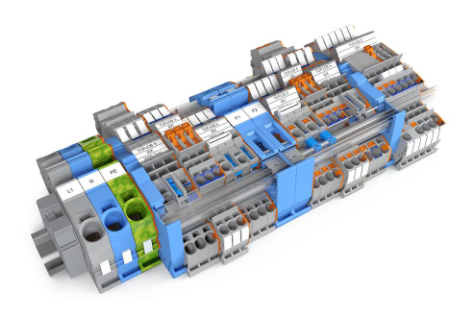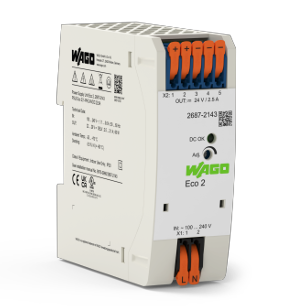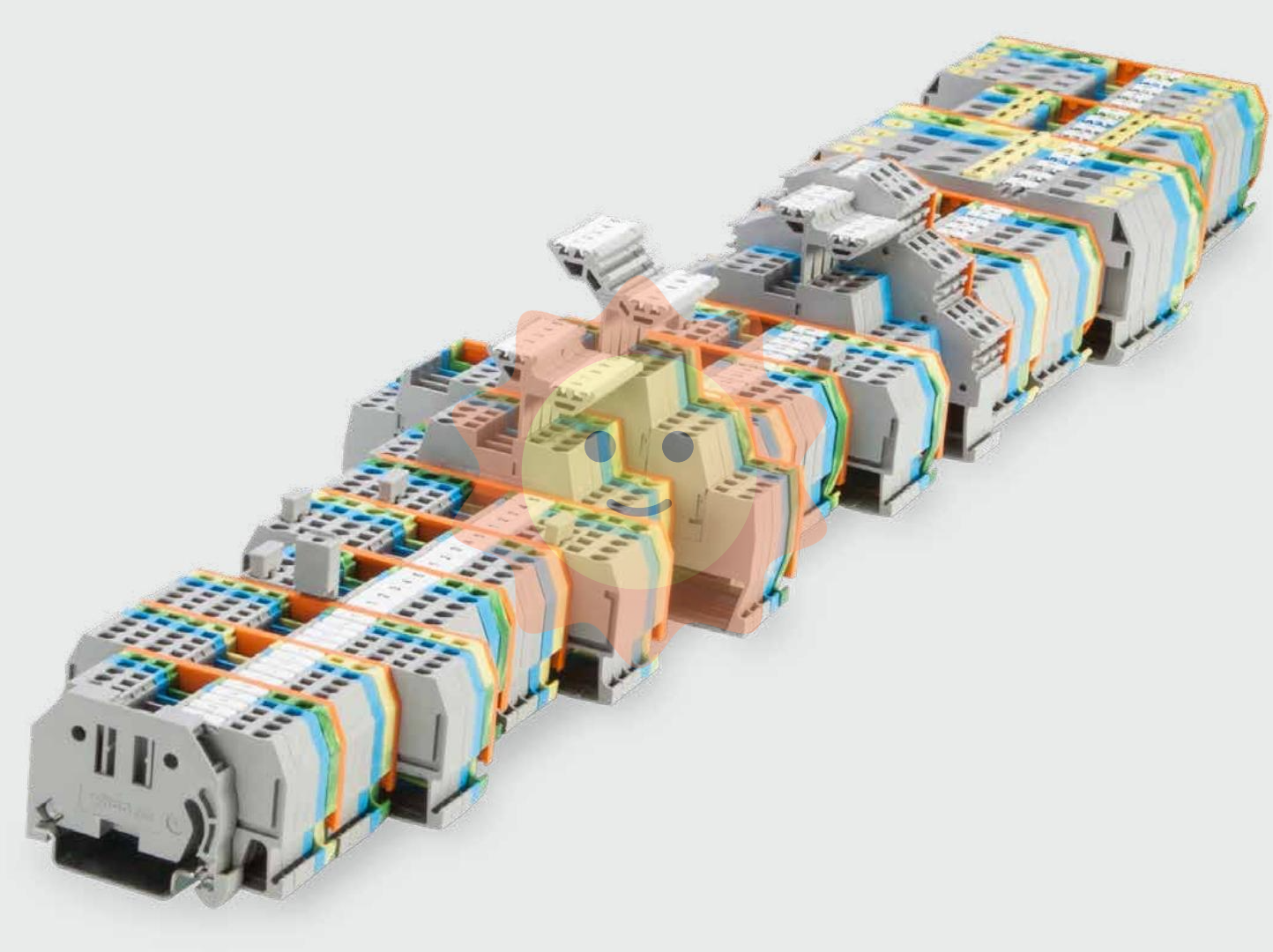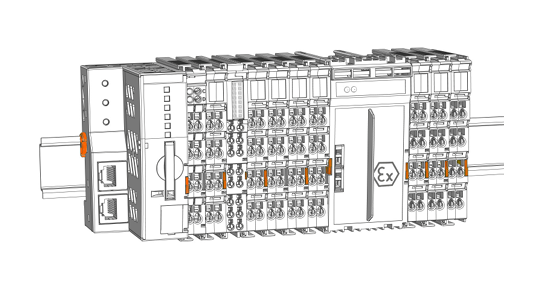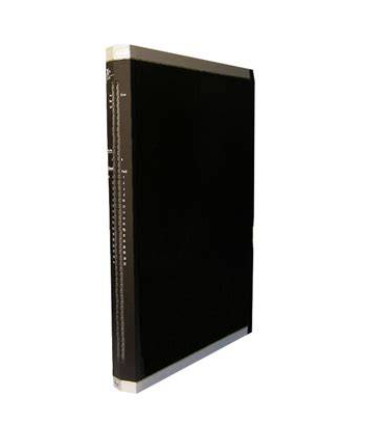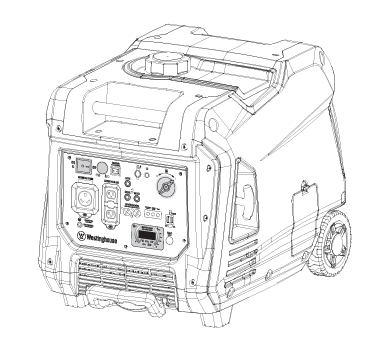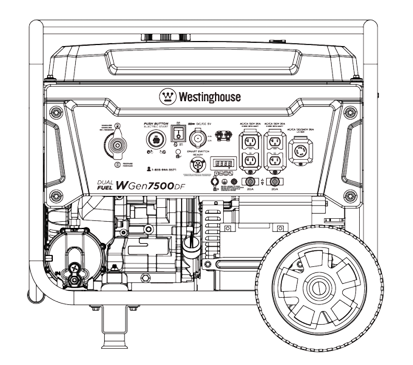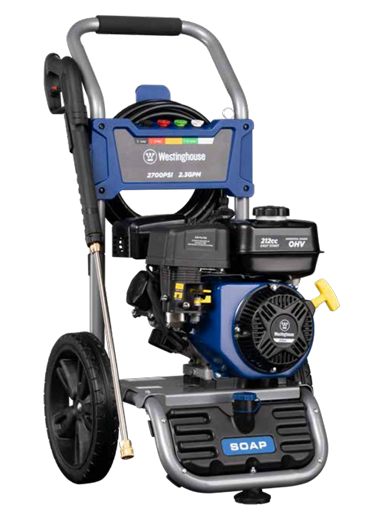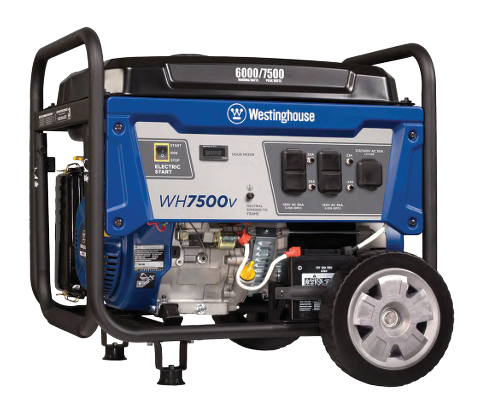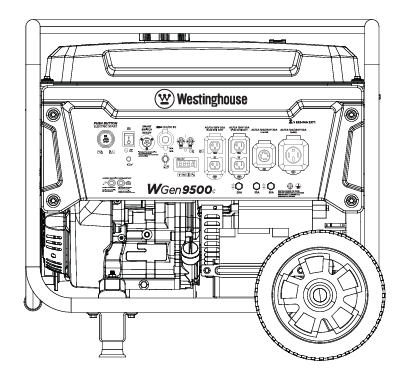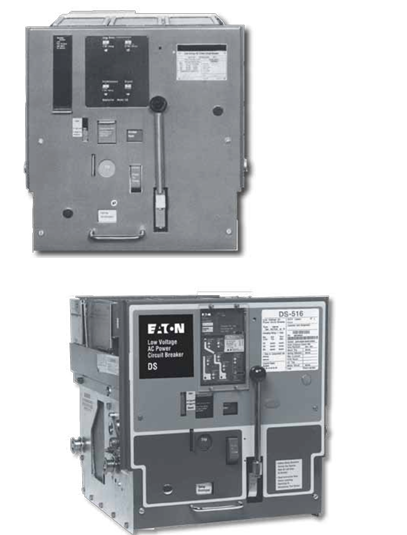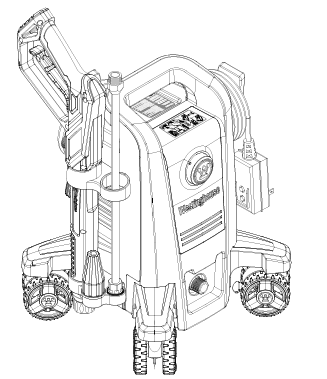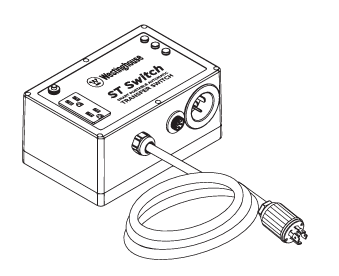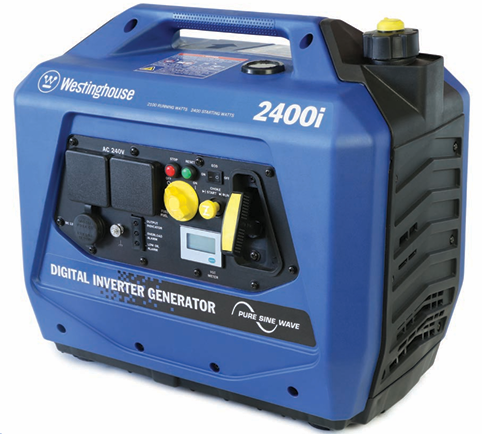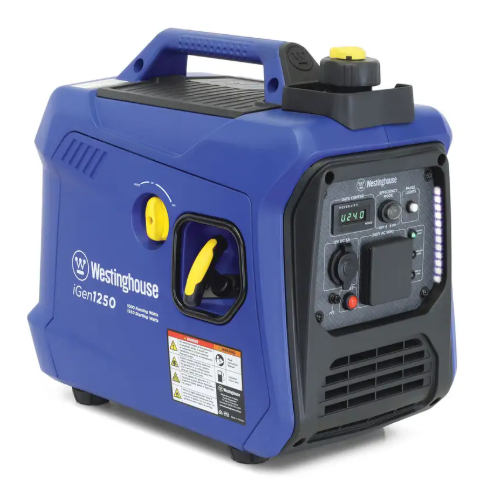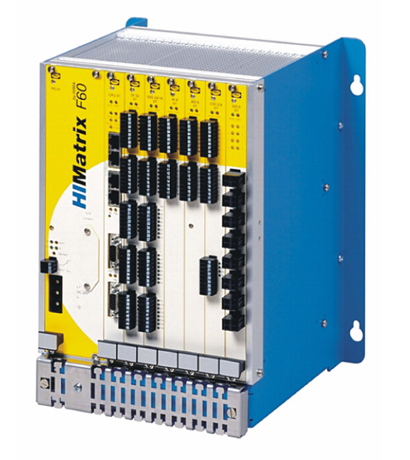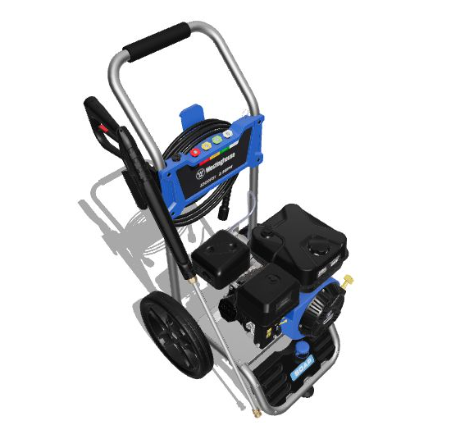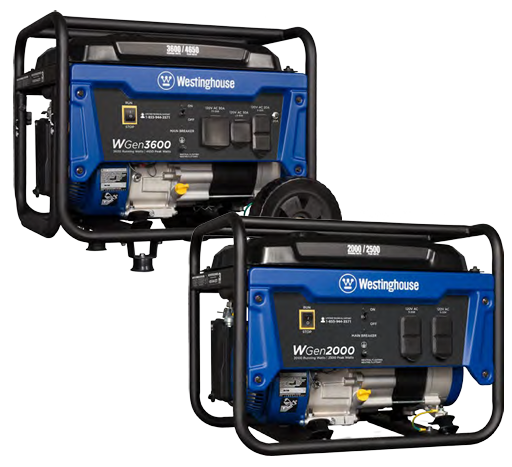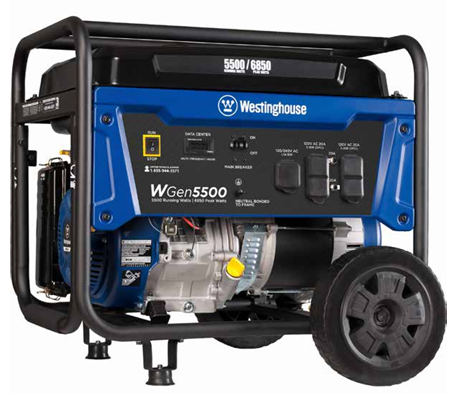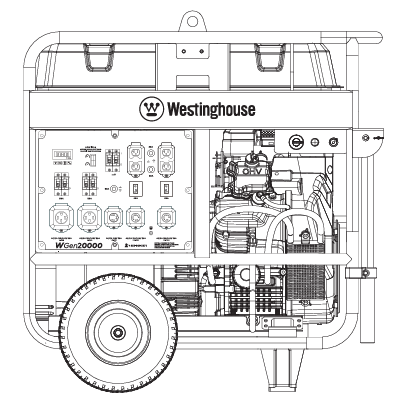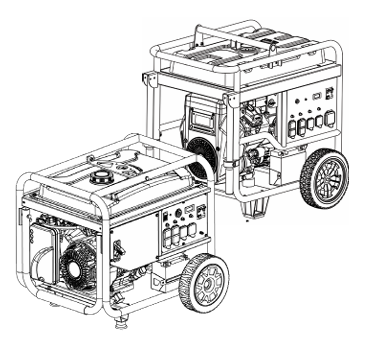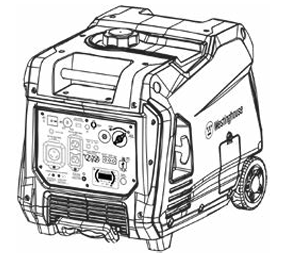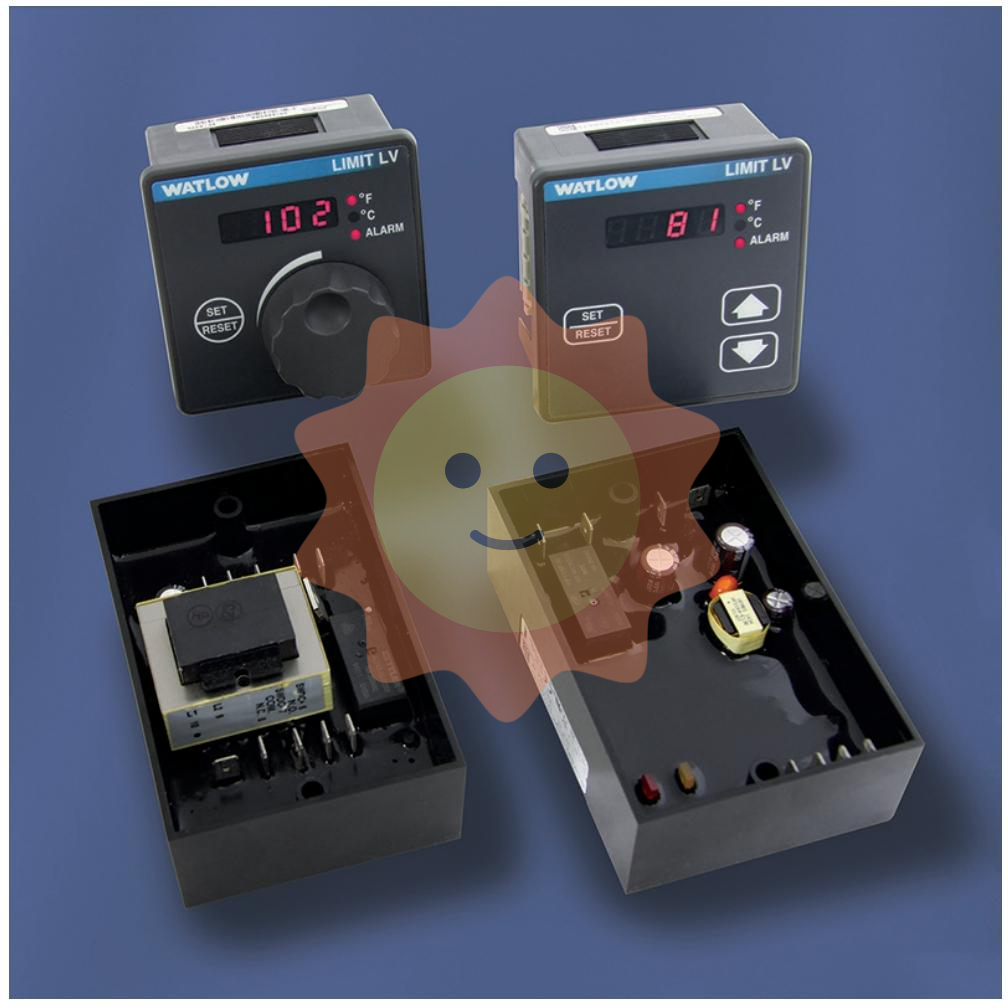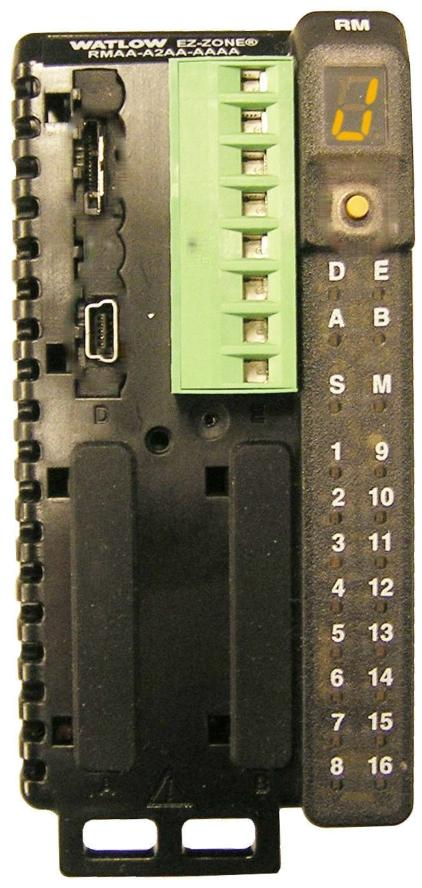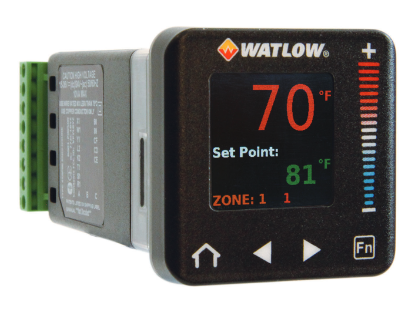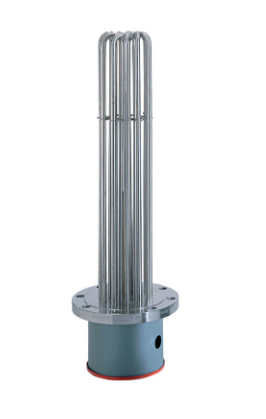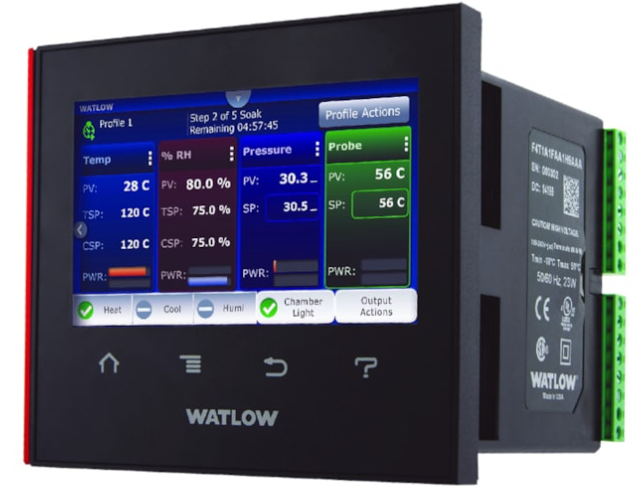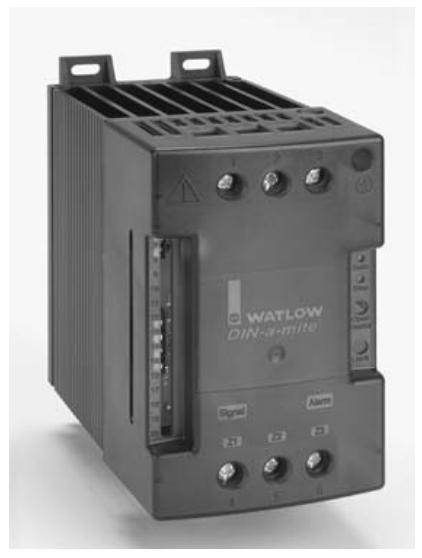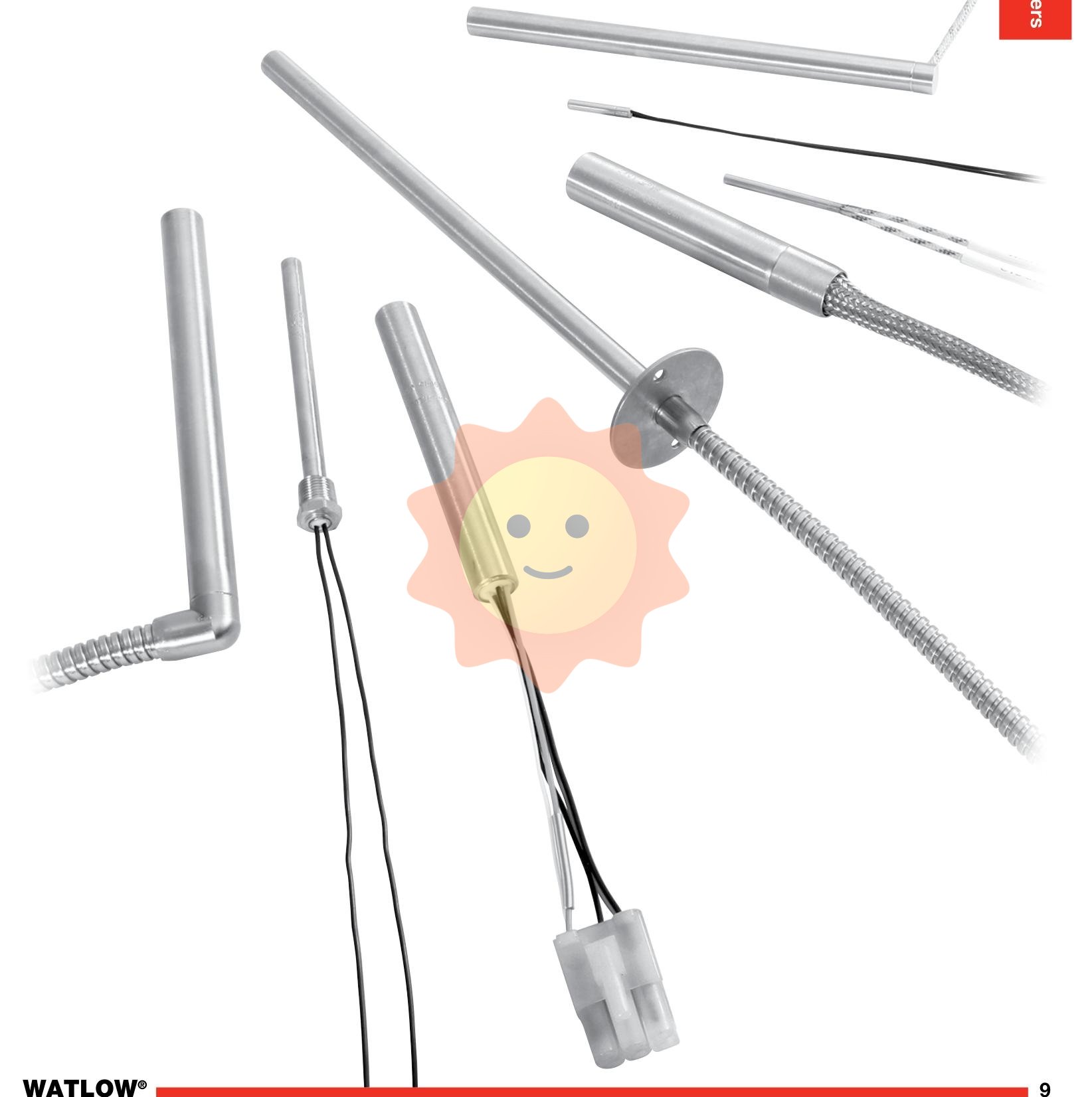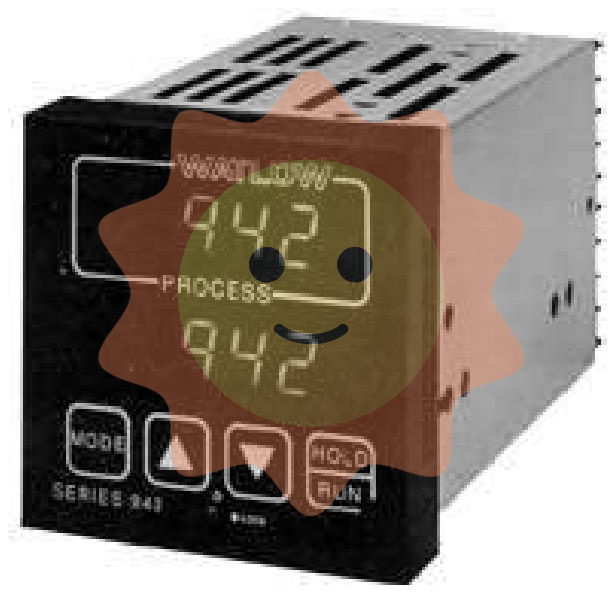ABB IPFAN12 Fan Unit - 230 Vac
Basic introduction
The ABB IPFAN12 Fan Unit - 230 Vac is a fan unit manufactured by ABB that is mainly used to provide cooling functions for equipment. With an operating voltage of 230V AC (Vac), it plays an important role in industrial environments and in all kinds of electrical equipment requiring heat dissipation.
Functional features
Highly efficient heat dissipation
Powerful airflow delivery: capable of generating large airflows to efficiently remove heat from equipment surfaces. This is achieved through its carefully designed fan blades and motor. The shape and angle of the fan blades are optimized so that they can push a large amount of air as they rotate, thus providing efficient heat dissipation from the equipment. For example, in some powerful electrical control cabinets, it can quickly remove the hot air inside and maintain the normal temperature of the equipment.
Good heat exchange promotion: By generating a steady air flow, it not only takes away the heat generated by the equipment, but also promotes heat exchange around the equipment. When the hot air is discharged, the surrounding cold air will naturally replenish in, forming a good heat dissipation cycle to ensure that the equipment operates in a suitable temperature environment.
Reliable Operating Characteristics
Durable motor design: Equipped with high-quality motor with high reliability and durability. The winding of the motor is made of high-quality electromagnetic wire, which can withstand a certain degree of overload current and has good insulation properties, reducing the risk of motor failure. Meanwhile, the bearings of the motor are specially designed with wear-resistant materials to reduce friction and abrasion, prolonging the service life of the motor, which can generally maintain good performance even after several years of continuous operation.
Stable working condition: under normal working voltage (230Vac) and load conditions, it is able to maintain a stable speed. This stability is essential for continuous and stable heat dissipation. The small range of speed fluctuations, for example, the speed can usually be stabilized within ±5% of the rated speed, thus ensuring that the airflow output is stable and heat dissipation is not compromised by large speed fluctuations.
Safety and Compatibility
Compliance with safety standards: In the design and manufacturing process, the relevant electrical safety standards are strictly adhered to. For example, it has good grounding measures to prevent electric shock accidents; the housing is made of flame retardant materials to reduce the risk of fire. This makes it safe to use in a variety of industrial and commercial environments without the fear of other accidents caused by the safety of the fan itself.
Wide range of equipment compatibility: Compatible with a wide range of ABB equipment as well as other brands of electrical equipment. Whether it is a large industrial control cabinet, a server cabinet or a small electronic cooling system, the IPFAN12 fan unit can be used to dissipate heat as long as the cooling requirements and the electrical interface (230Vac) are compatible.
Technical data
Electrical parameters
Rated voltage: 230Vac, the operating voltage range generally allows some fluctuation, for example, between 190Vac - 250Vac can still work normally, in order to adapt to different grid voltage changes.
Power rating: The amount of power varies depending on the specific model and design, usually between 30 - 100 watts (W). The power rating determines the energy consumption of the fan as well as the strength of the airflow it produces, allowing the user to choose the right fan for the cooling needs and energy constraints of the device.
Frequency range: Adapts to 50Hz - 60Hz AC power frequency, which makes it possible to use it in different regions and power grid environments, with good versatility.
Performance Parameters
Airflow: Airflow is one of the key indicators of a fan's ability to dissipate heat, generally the fan unit has an airflow between 100 - 300 cubic meters per hour (m³/h). The size of the airflow is affected by a variety of factors such as fan size, speed, blade design, etc. Larger airflow can take away the heat from the equipment more quickly.
Speed: Rated speeds are typically between 1000 - 2000 revolutions per minute (rpm), with actual speeds fluctuating slightly depending on voltage and load. The speed directly affects the amount of airflow and is also related to the noise produced by the fan.
Noise level: Under normal operating conditions, the noise level is typically between 40 - 60 decibels (dB) when measured at a distance of 1 meter from the fan. The low noise level allows it to be used in noise sensitive environments, such as offices, computer rooms, etc., without causing too much disturbance to the surrounding environment.

- User name Member Level Quantity Specification Purchase Date
- Satisfaction :
-









Email:wang@kongjiangauto.com

